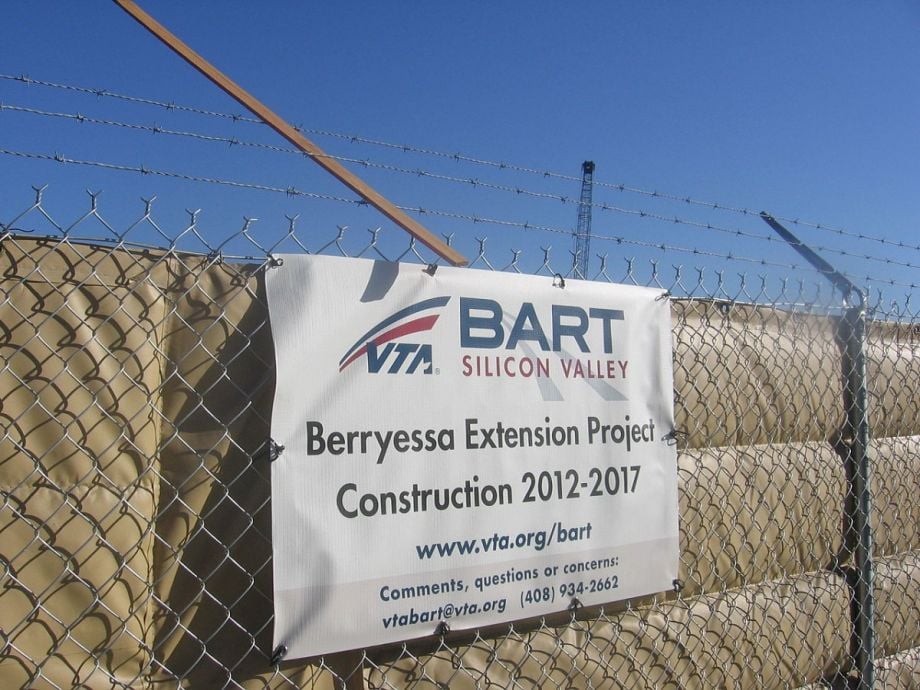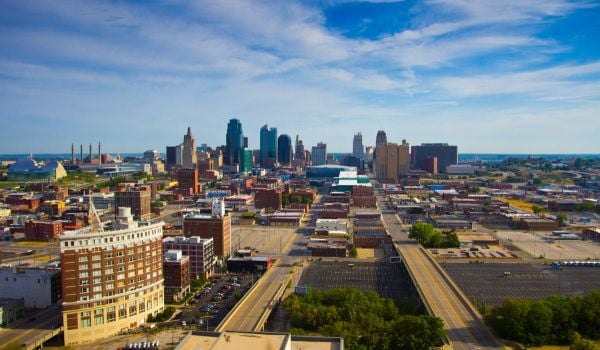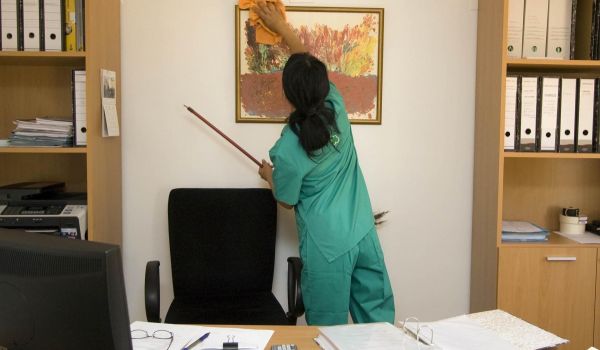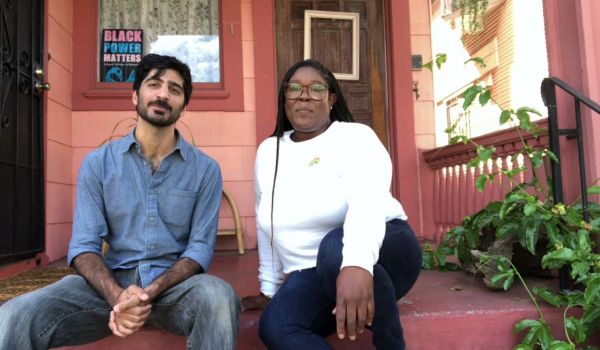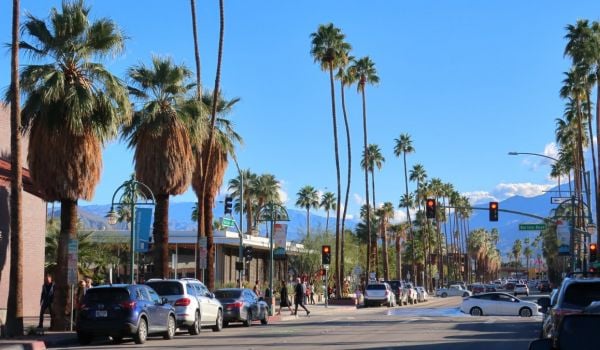Our weekly roundup of new and noteworthy transportation projects worldwide.
BART Slowly Makes Its Way Around San Francisco Bay
The first link in the chain that Bay Area transit boosters hope will ultimately ring San Francisco Bay with rapid transit is on its way to becoming reality. The San Jose Mercury News reports that construction crews are making headway on the first two BART stations in Santa Clara County, at Milpitas and Berryessa, on a Santa Clara Valley Transportation Authority (VTA)-sponsored project that will ultimately extend BART’s Fremont Line from its future terminus at Warm Springs through downtown San Jose and on to Santa Clara.
The Milpitas station will be underground and offer direct connections to the Montague station on VTA’s San Jose light rail line. The elevated Berryessa station will include a VTA bus transit center with express bus connections to downtown San Jose.
The 10-mile extension from Fremont to Berryessa is the first phase of VTA’s “BART Silicon Valley” project. A 30-year, half-cent sales tax approved by voters in 2000 and instituted in 2006 will cover 51 percent of the extension’s $2.3 billion price tag; funding from the California Transportation Commission is paying for an additional 10 percent, and a $900 million FTA New Starts grant will pick up the remaining 39 percent. A companion one-eighth-cent sales tax approved in 2008 will enable VTA to pay BART for the costs of operations and maintenance of the extension. Service on the Berryessa extension is set to start in 2018.
Full funding has yet to be secured for the six-mile second phase, most of which will run in a subway tunnel through downtown San Jose. A third sales tax may be submitted to voters for approval in 2016 to help cover that phase’s $4 billion cost.
Athens Releases Plans for Fourth Metro Line
Attiko Metro S.A., the company responsible for developing the metro system serving Greece’s traffic-choked capital region, unveiled at the end of September plans for the construction of a new subway line connecting central Athens and its northern suburbs.
The International Railway Journal reports that Attiko Metro will build the line in stages starting in early 2016, with the first, U-shaped segment of the line extending 12 km from Alsos Veikou station in Aktimonon to Goudi. The 14-station segment includes a transfer station with Line 3 at Evangelismos.
The first phase of Line 4 is forecast to carry about 200,000 passengers a day and remove 53,000 vehicles from Athens’ clogged streets.
Attiko Metro is soliciting bids to construct the line as a turnkey project with an estimated cost of €1.2 billion ($1.53 billion U.S.), including the cost of 17 new train sets and expanding an existing storage yard. The company expects work to begin on the line in early 2016, with opening set for 2022. Future phases, originally proposed as extensions of existing Lines 2 and 3, will take Line 4 to Perissos, Maroussi and Ethniki Odos, with a spur in central Athens from Evangelismos to Ano Iliopouli.
Until 2000 — just in time for the Athens Olympics — Athens had only one rapid transit line, the Athens and Piraeus Electric Railway, a mostly surface line that opened in 1867 and was electrified in 1904; today it operates as Line 1 of the Athens metro system. Proposals to add new lines date to the 1960s, but work did not begin in earnest on today’s Lines 2 and 3 until 1992, spurred by concern over Athens’ worsening traffic congestion and poor air quality. Attiko Metro calls the metro system “the most important transport and environmental project in Greece.”
Surabaya Hits the Ground Running with Tramway Project
The mayor of Indonesia’s second-largest city, Surabaya, wants to put his city on the fast track to reviving tram service after an absence of nearly 40 years.
According to The Jakarta Post, Surabaya Mayor Tri Rismaharini is all ready to submit a proposal to build a modern tramway network to the new Indonesian government that took office Oct. 20th. The three-line system would take advantage of abandoned trackage belonging to the Indonesian state railway company, PT KAI, which would operate the system and finance a portion of its construction costs.
Rismaharini estimates the cost of the entire 17-km Tren Surabaya project will be 2.2 trillion Indonesian rupiah ($178.94 million U.S.). PT KAI gives cost estimates ranging from 400 billion to 800 billion rupiah ($33.26 million to $66.52 million U.S.).
New President Joko “Jokowi” Widodo ran for office pledging to make infrastructure investment a top priority, and “Risma” expressed optimism that the project will be realized. If things go according to plan, construction would begin as soon as next month and the line would open 18 months later once new rolling stock is imported. (One possible hitch: Widodo’s party controls only one-third of the seats in the new Indonesian legislature.)
Surabaya’s first tramway was a steam-powered line that began service in 1886 and operated until 1975. Electric-powered trams ran from 1923 until 1969.
Know of a project that should be included in this column? Send a Tweet to @MarketStEl using the hashtag #newstarts.
The Works is made possible with the support of the Surdna Foundation.

Next City contributor Sandy Smith is the home and real estate editor at Philadelphia magazine. Over the years, his work has appeared in Hidden City Philadelphia, the Philadelphia Inquirer and other local and regional publications. His interest in cities stretches back to his youth in Kansas City, and his career in journalism and media relations extends back that far as well.
Follow Sandy .(JavaScript must be enabled to view this email address)


